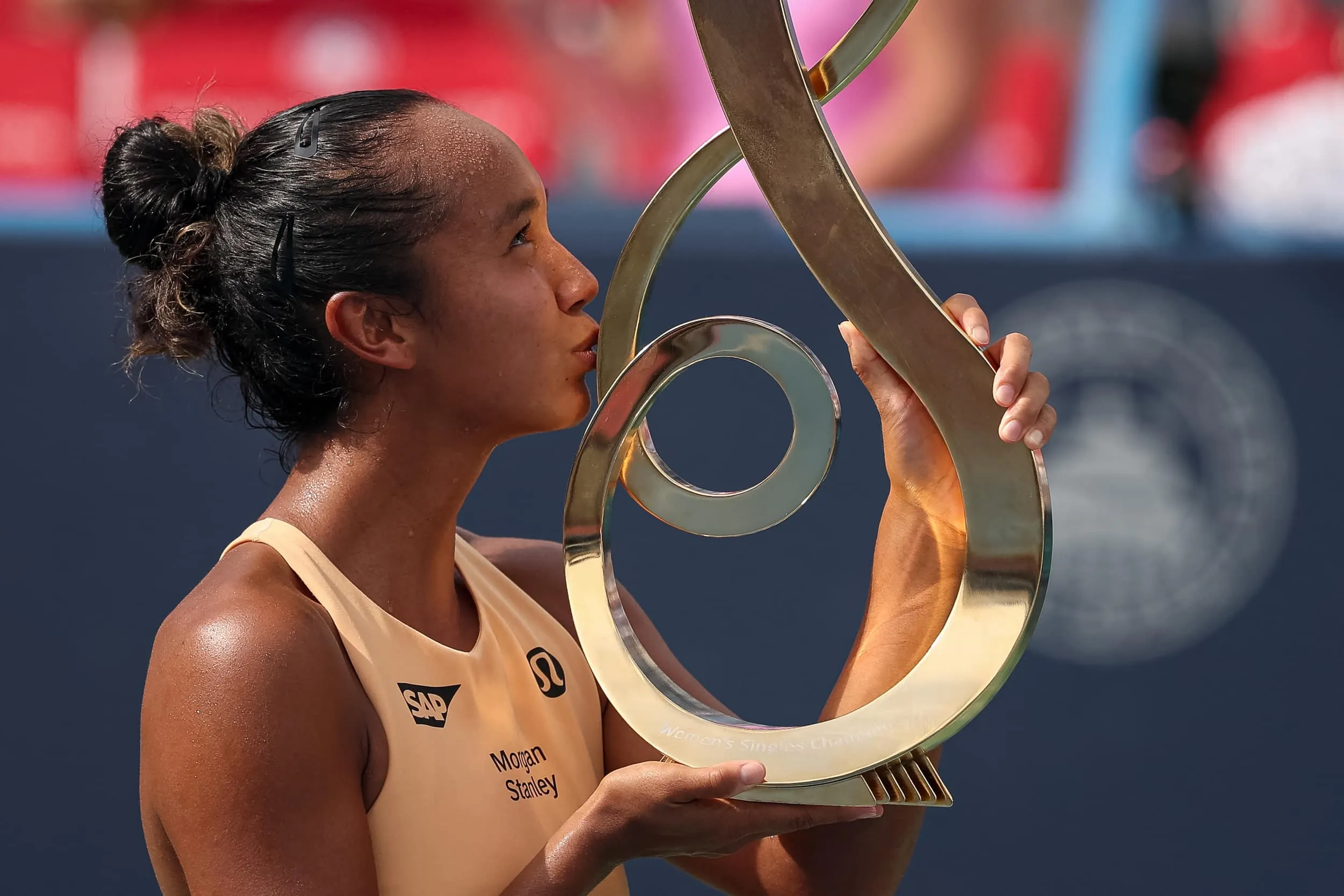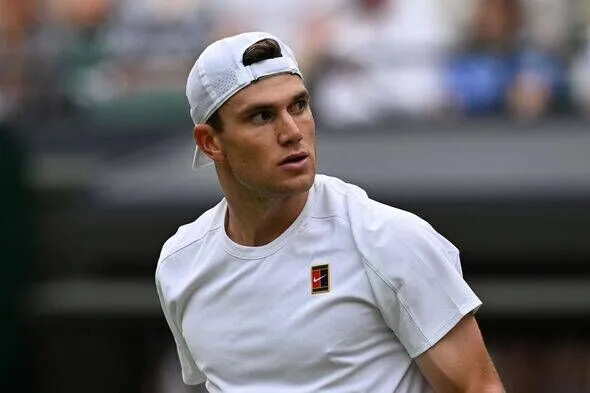In the world of tennis, few names carry as much weight as Roger Federer’s. Beyond his Grand Slam titles and exquisite play, Federer has often spoken about the legacy he wishes to leave. One of his most enduring contributions off the court is the founding of the Laver Cup, a team‐based tournament pitting Europe vs. the rest of the world. Recently, Federer opened up about why he started this event and revealed motivations deeper than what many fans might assume. This article explores those reasons, his vision, and the impact the tournament has had on tennis.
Federer’s Motivation: Honouring Legends & History
From Federer’s interviews, one reason stands out above all others: he wanted to pay tribute to the legends of the sport. He believes that in tennis, it’s easy to forget those who paved the way—the names, the battles, the performances that helped shape what modern tennis is today.
-
Federer has often mentioned that when attending big events, seeing icons like Rod Laver, John McEnroe, and other past greats in the stands stirred something deep in him. He wanted a format that would bring legends into the spotlight—not merely as honored guests, but as part of the event narrative.
-
By naming the Cup after Rod Laver, Federer intended from the outset to frame the tournament in historical context, connecting past, present, and future. The Laver Cup is not just a competition; it’s a celebration of heritage.
Building a Unique Format: More Than Exhibition Tennis
A second pillar of Federer’s reasoning was to build a competition with real stakes, team unity, and high-level performance, setting it apart from exhibition matches.
-
He emphasizes from recent discussions that the idea was “this has to be real tennis.” Not merely a celebrity show or glorified exhibition. Players should come motivated, and fans should expect something more than just entertaining rallies.
-
The team component—Europe vs World—adds pressure, camaraderie, and responsibility. When you’re sitting on the bench next to a legendary name, or when you’re competing under a captain, you feel you’re part of something bigger than yourself.
-
Federer wanted players to feel motivated not just for individual glory, but for team honor—something rare in men’s tennis at the top level, outside events like Davis Cup or ATP Cup.
Artistic Vision: Energy, Spectacle, & Environment
Federer didn’t create the Cup for prestige alone. He hoped the Laver Cup would bring energy, entertainment, and emotional investment from both players and spectators.
-
He has described in recent remarks how the atmosphere, when legends, future stars, and the biggest names show up, transforms the event into something electric. People want to see top talent under conditions that encourage them to shine.
-
The idea involves more than just matches; it’s about setting, spectacle, the fans, cities that may not regularly host major events, and bringing tennis into fresh venues.
-
Federer also intended the tournament to travel, to give fans in different regions an opportunity to witness marquee matchups. That geographical spread was part of the dream from the beginning.
Legacy & Giving Back to Tennis
Another dimension Federer highlighted: legacy. He viewed the Laver Cup as a chance to give back to the sport—to support its growth, remember its history, and push it forward.
-
By bringing legends into the fold, younger players can draw inspiration and perspective. Seeing a player you grew up admiring cheering on or sharing a bench with you isn’t just symbolic—it can shape career trajectories, motivation, and sport values.
-
Federer has often emphasized that tennis isn’t just about present wins; it’s about preserving respect, sportsmanship, tradition—and the Laver Cup is an infrastructure for those values.
-
Also, because the event doesn’t just exist in established tennis cities, it helps expand the reach of the sport, introduces tennis to new fans, venues, and generates new energy around tennis beyond the regular tour schedule.
“Vision Came True and More”: What Federer Sees Looking Back
When Federer reflects on the Laver Cup now, he often says that his original hopes for the event have come true—and more.
-
The early idea was to honour legends, create a meaningful team competition, and have it be something special in the calendar. In practice, it has delivered: big names, intense matches, emotional moments, and instances where players who rarely share courts become teammates.
-
The bonus has been fan engagement: crowds showing up, cities asking for hosting rights, increased media attention, and seeing newer talents embraced in the same narrative as older champions.
-
Federer also acknowledges surprises: rivalries that became highlight matchups, young players stepping up, emotional moments that weren't scripted—those parts of legacy that go beyond what one can plan.
Challenges & Criticisms: What Federer Had to Navigate
Of course, launching an event like the Laver Cup hasn’t been without its challenges or critics. Federer has spoken openly about what he wanted to avoid, and what he had to ensure.
-
One concern was that Laver Cup might be seen as another exhibition, lacking seriousness, perhaps even mocking serious tournaments or the sport’s history. Federer insisted on making the competition credible.
-
Another issue involved balancing player schedules, avoiding burnout, and ensuring that top players feel it’s worth their time—both competitively and emotionally. Because knowing when to hold the event, where to host, and how to keep it appealing year after year is a logistical and relational challenge.
-
He also had to address perceptions: that tournaments like Davis Cup or Grand Slams are the ultimate tests; Laver Cup can never replace them—but it can complement them. His communications often stress that Laver Cup’s aim was never to compete with or replace existing historic events, but to add something new and meaningful.
What Federer’s Reflections Mean for Tennis
When a player of Federer’s stature reveals his motivations, the impact ripples. Here’s why his recent statements matter:
-
Inspiration for Future Tennis Leaders
Rivals, younger players, tournament organizers—they see that it takes vision, not just performance, to contribute to sport’s growth. This could encourage more legacy‐oriented projects. -
Elevating the Role of Legends in the Game
By maintaining legends' involvement—not as nostalgic exhibits but as active participants in the experience—the sport retains continuity. Federer’s emphasis shows memories and history are vital, not just statistics. -
Strengthening Fan Engagement
Fans respond not only to matches but to stories, rivalries, heritage. When Federer ties the Laver Cup to respect for history and to team spirit, it gives people more reasons to care deeply. -
Diversifying how tennis is presented
The Laver Cup format blends top‐level competition, showmanship, team elements—it offers a variation from standard ATP tour events. That diversity helps keep the overall tennis calendar fresh, varied, and attractive.
Looking Forward: Expansion & What’s Next
Federer has also shared thoughts on where the Laver Cup could go, building further on the foundations he helped lay.
-
There is interest in hosting in more locations—not just in traditional tennis strongholds, but places where big tournaments are less frequent, to get fresh audiences involved.
-
Federer has hinted at potential expansion or greater engagement with Asia or South America, or more cities in North America that haven’t yet had the opportunity to host.
-
Also, keeping player buy‐in remains crucial. The Laver Cup’s future depends on legends showing up, newer stars wanting to be part, fans wanting stories—and Federer seems optimistic that all those are aligned.
How Federer's Statement Reinforces His Legacy
This openness from Federer about why he founded the Laver Cup adds another layer to how we understand his impact on tennis.
-
Not just as a player who won titles, but as someone who thought deeply about the sport’s identity, its roots, and its future.
-
His focus on respect, legends, team unity positions him as a bridge between generations—someone who carries tradition forward while embracing evolution.
-
Such statements help cement Federer not just as one of the greats in performance, but one of the greats in stewardship—helping chart new paths for what tennis can be beyond matches and trophies.
Roger Federer’s recent reflections on the creation of the Laver Cup show that his ambitions went far beyond adding another event to the calendar. The Laver Cup was born from a desire to honour legends, create real competitive team tennis, give fans something emotional and energetic, and build lasting legacy for players past, present, and future.
As the tournament continues to grow, its successes show that vision + authenticity + respect for history can yield something powerful. Federer’s reasons for starting the Cup weren’t just about competition—they were about community, continuity, and celebration of everything that makes tennis more than just sport.

 Vietnamese
Vietnamese













Nguyen Hoai Thanh
Nguyen Hoai Thanh is the Founder and CEO of Metaconex. With 12 years of experience in developing websites, applications and digital media, Nguyen Hoai Thanh has many stories and experiences of success to share.